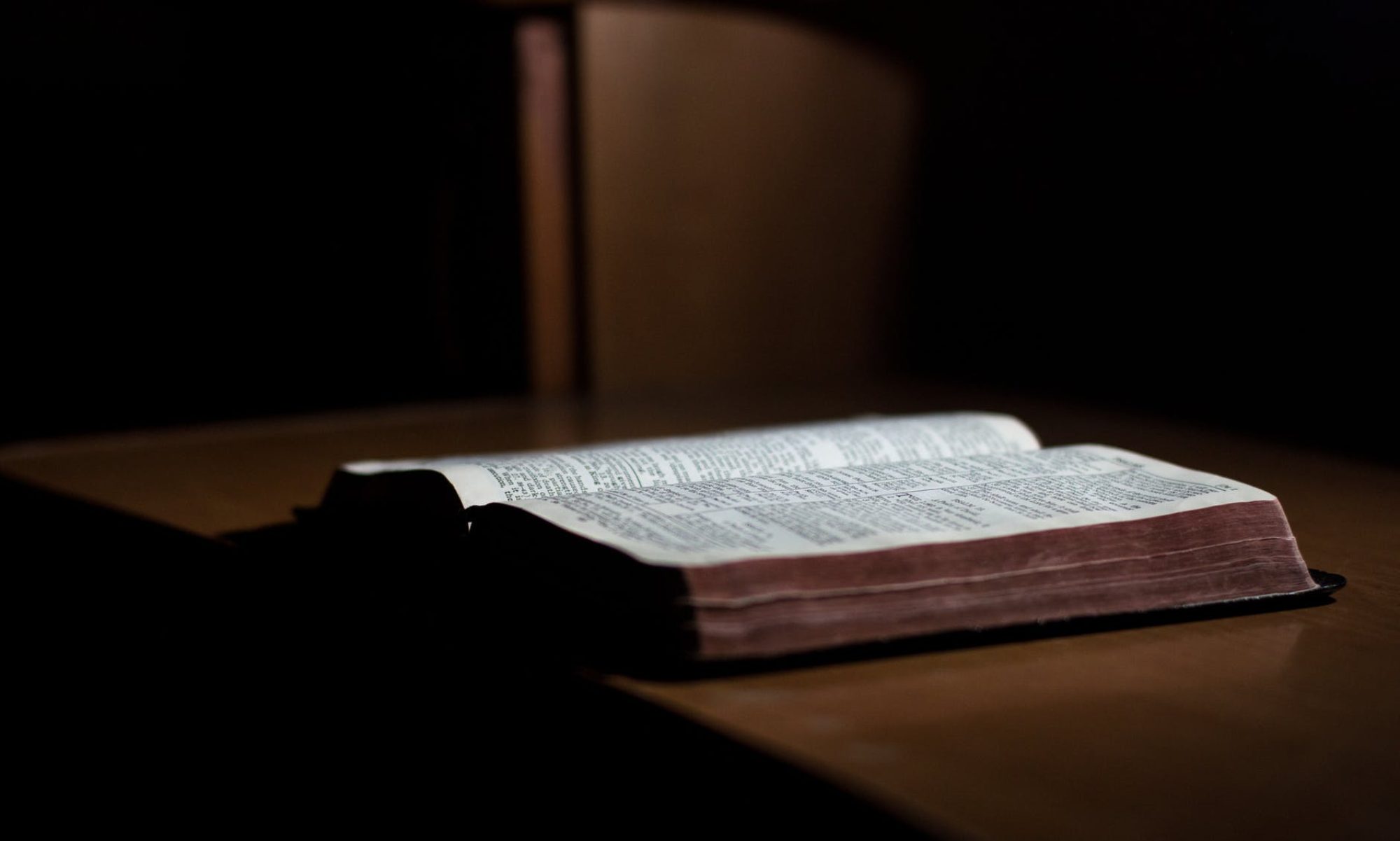As I work toward providing biblical presuppositions for the term “writing,” I read through Barbara Johnson’s essay on the word from Critical Terms in Literary Study. What follows are ten observations about the essay (Johnson’s main points).
Continue reading “Writing: Part 1”Structure: Part 3
I’ve been working this week on a view of structure that takes into account Christian presuppositions. You can find my earlier posts here and here...
In what follows I respond to the nine points made by John Carlos Rowe on the topic for the Critical Terms in Literary Study volume. I put his points in italics and mine in bold. The point is to sketch out ways in which the Christian description and deployment of the term “structure” would overlap and differ from the non-Christian description and deployment of same.
Continue reading “Structure: Part 3”Structure: Part 2
As I work toward providing biblical presuppositions for the term “structure,” I read through John Carlos Rowe’s really dense essay on the word from Critical Terms in Literary Study. What follows are nine observations about the essay (Rowe’s main points) with three observations about where Christianity might intervene.
- In its etymology, the word “structure” involves building or scattering elements in both space and time, and the relationship between these two things (primarily with time subordinated to space) has subsequently been important in the work structuralism has done.
- Structure is a self-conscious replacement for the word “form,” which has connotations of transcendence and the privileging of the human mind before anything else (including language).
- The key structuralist of the 20th Century is Ferdinand de Saussure, whose work in linguistics established the basic coordinates for other structuralist work. His primary insights are that the relationship between signifiers and signifieds in linguistic signs are arbitrary (i.e. not natural) and that language pre-exists human thought.
- The most significant scholarly contributions structuralists have made is to linguistics and anthropology. The “structures” they have created are less the fictional models (i.e. not natural or empirical) they use to look at the world than the observations those structures enabled through scientific-esque rigor and research.
- Structure has subsequently been used in a series of technological disciplines such as cybernetics, psycho-biology, systems analysis, and information theory. The way we understand the human mind is largely a product of structuralist assumptions.
- Structure is less about establishing the meaning of any given part of a cultural practice than about establishing the relationship among a cultural practice’s parts. It is descriptive rather than prescriptive.
- In this way, structure is a good index for the shift from a material to a post-modern economy where goods are valued less for their natural use than how they can be exchanged.
- Anglo-American critics tended to apply the term to literature more frequently, but with a different meaning than European scholarship. The New Critics saw a piece of literature as a structure but one that was trans-historical. Northrop Frye exploded this theory with his own myth criticism that essentially offered a multi-disciplinary science of man by insisting that every social science tapped into the same linguistic symbols that were present in literature. Roland Barthes is the European critic most identified with literary structuralism. Despite their differences, these critics share the assumption that structural analysis, of whatever variety, will help cultivate human freedom.
- Structuralism has been criticized for its inability to explain historical change (following Saussure, structuralists have done more SYNCHRONIC than DIACHRONIC work) and for its penchant for generalizing the fictional or arbitrary models it uses to make its investigations.
Here are some possible points of contact…
- The Christian, too, believes that language precedes the human mind via the Logos that created the world. The Bible gives us a God creating the world through language.
- The structuralists historicize the arbitrary models they create to understand the world, but there is a hint of Genesis’s dominion mandate in the near necessity such critics insist humans have to impose structure on an alien reality.
- Structure cannot account for grace.
Structure: Part 1
According to a second philosophical view, the coherence theory, there is a kind of truth that pertains less to physical realities or events than to a set of propositions within which a claim may be regarded as true if found to be logically consistent—or coherent—with the rest of the data set.
From Christianity and Literature: Philosophical Foundations and Critical Practice
Early in their volume, David Lyle Jeffrey and Gregory Maillett provide three models of truth that the Christian literary critic must understand and be ready to encounter. The coherence theory is the second of these.
It is the one that most closely aligns with the critical term “structure” and the critical school “structuralism” that I’ll be investigating this week.
The essay on “structure” from Critical Terms for Literary Study concludes with this claim:
“Structure” is one of the key terms of our postmodernity because it openly acknowledges its claim for scientific rigor as well as its fabricated character.
From John Carlos Rowe’s essay “Structure”
This is the tension of the coherence theory of truth in one pat definition. It demands rigor, a kind of internal logic (i.e. rational and scientific), while on the other hand admitting that it’s not true (i.e. that it does not correspond to objective reality).
Rowe’s essay is considerably denser than WJT Mitchell’s, so I’ll be ruminating on it more before sharing the central claims in Rowe’s definition. Suffice it to say that structuralism is premised on a Kantian inability to describe the transcendental realm. Structuralism in its many forms shows humans making the world over in their image in an attempt to understand a fundamentally alien reality. While some theorists–Roland Barthes and Northrop Frye, for example–see this process as liberal and humane, it is also disconnected from truth and the divine.
The chief question is, then, where should the structure of thought come from? What should they be?
